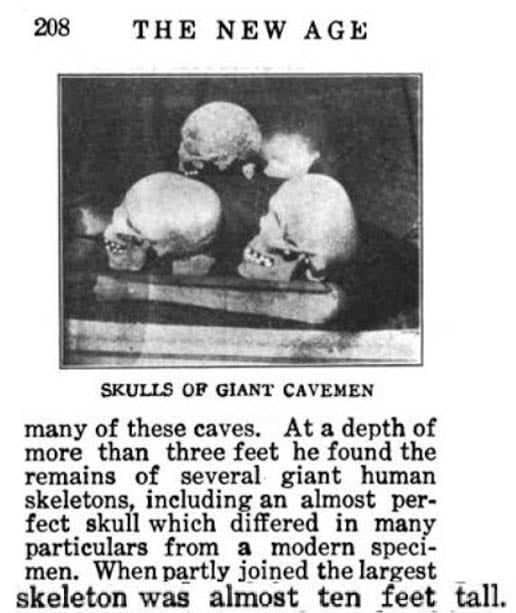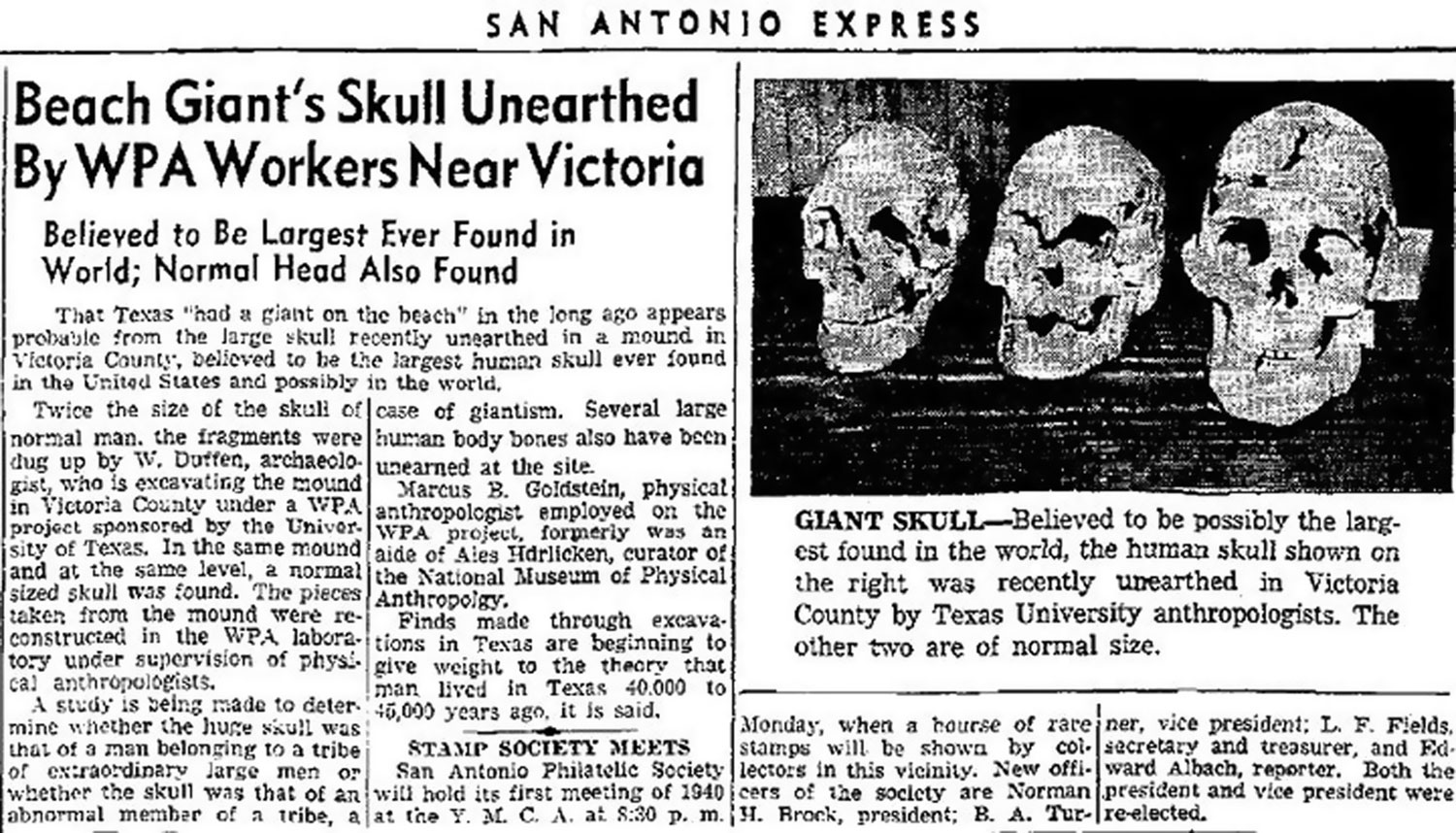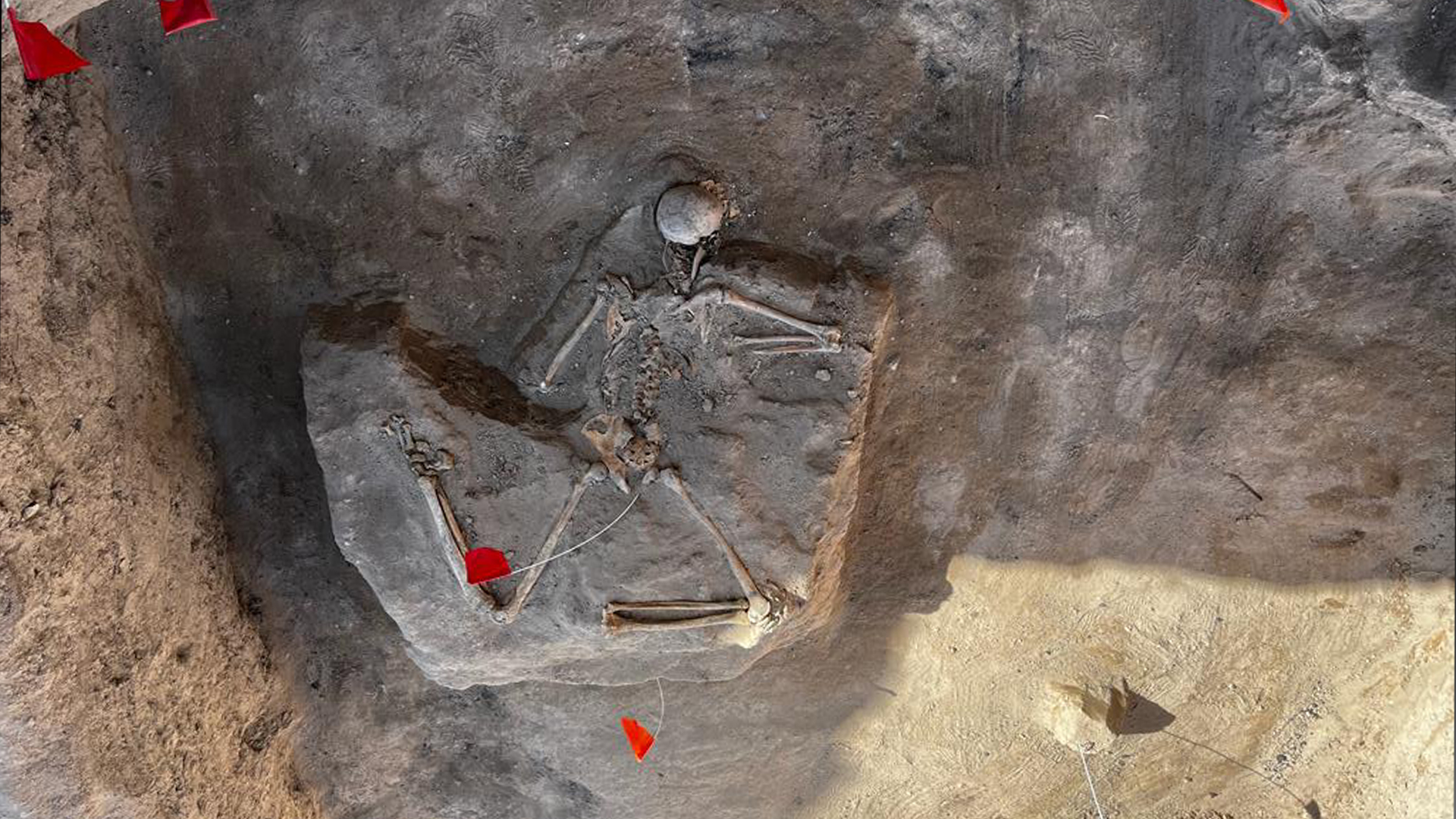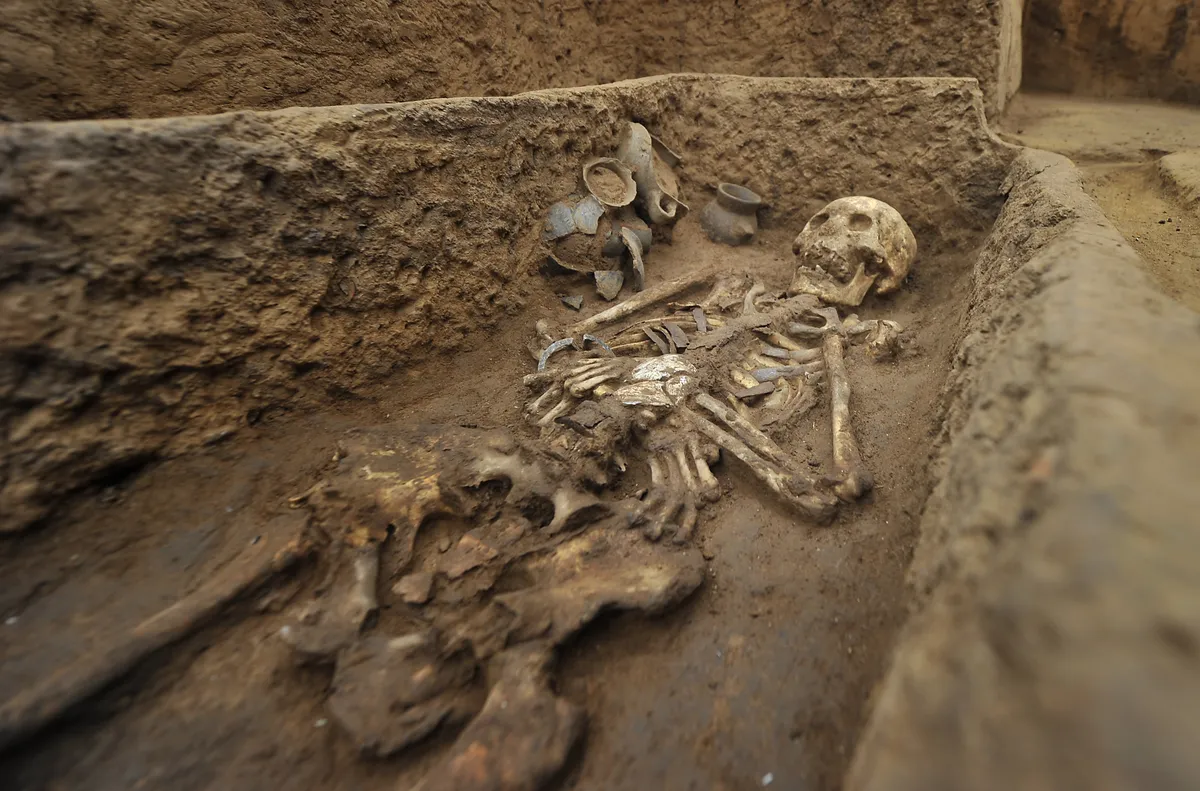Unearthing Giants: The Shocking Truth Behind Ancient Aliens and the Enigmatic Skeletons Found in South America!

The year was 1914, and while the world was fixated on the headlines of The New York Times reporting the onset of World War I, a different story was brewing on page nine.
Captain James Besley, an Australian explorer, had just returned from an expedition in Peru, where he made a discovery that would ignite the imaginations of historians and archaeologists alike.
Besley reported finding the remains of an eight-foot-tall man, complete with a head that featured an elongated skull—a physical characteristic that has long been associated with the legends of giants in various
cultures around the world.
This revelation, however, was not an isolated incident.
It opened the floodgates to a plethora of accounts detailing similar discoveries in the Lake Titicaca region, where skeletons purportedly ranging from eight to ten feet tall were said to have been unearthed.
The question that looms large is: what happened to these giant bones? Historical records indicate that many of these discoveries were documented, yet the fate of the remains remains shrouded in mystery.
Some researchers speculate that these bones were misidentified, perhaps mistaken for large animal remains, but others argue that the evidence points to a more significant truth.
The Native people of the region have long shared stories of giants who once inhabited their lands, tales that date back to the arrival of Spanish conquistadors in the 1500s.

Pedro Cieza de León, a Spanish chronicler, recorded that the locals spoke of giants so tall that ordinary humans would only come up to their knees.
He even claimed that some Spaniards had discovered a giant shin bone and a giant tooth, further fueling the intrigue surrounding these ancient beings.
The giants of Lake Titicaca are not merely a relic of folklore; they are intertwined with the very fabric of the region’s history.
The Inca civilization spoke of a race of giants known as the Huaris, who were said to have constructed monumental sites like Tiahuanaco and Puma Punku long before the Inca themselves arrived.
According to legend, these giants were created by the god Viracocha, who emerged from Lake Titicaca and fashioned them from the earth and mud.
They were tasked with building the megalithic structures that still stand today, only to be vanquished by a great flood.
This narrative raises intriguing questions about the origins of these ancient sites and the beings that may have constructed them.
For ancient astronaut theorists, the accounts of giants and the discoveries of their bones in Peru are compelling evidence of a lost chapter in human history.
The idea that these towering beings may have existed in the past opens up a realm of possibilities, suggesting that our understanding of human evolution and civilization is far from complete.
Some historians point to the accounts of explorers like Ferdinand Magellan, who sailed into the harbor of Sanlúcar, Spain, in 1522 after completing the first circumnavigation of the globe.
Magellan and his crew encountered what they described as “towering giants” near the southernmost tip of South America.

According to the ship’s log, these giants were so tall that the tallest crew member only reached their waist.
The account of Antonio Pigafetta, a chronicler of the expedition, vividly describes the scene: “We saw a giant, who was on the shore of the sea, quite naked, and was dancing and leaping and singing.
” This giant, later referred to as a “Patagon,” became the namesake for the region known as Patagonia, which translates to “Land of the Big Feet.
” Magellan reportedly took two of these giants back to Spain to present them to the court, but tragically, they became ill and died en route, forcing the crew to dispose of their bodies overboard.
The implications of these encounters are profound.
If giants truly roamed the earth, what does that say about our understanding of human history? The existence of such beings would challenge the very foundations of anthropology and archaeology, prompting a
reevaluation of the timeline of human evolution.
Could it be that these giants were a separate branch of humanity, or perhaps even a hybrid species? The evidence supporting their existence is tantalizing but remains largely circumstantial, relying heavily on
anecdotal accounts and fragmented historical records.
As we delve deeper into the lore surrounding Lake Titicaca and the giants said to inhabit its shores, we encounter a fascinating tapestry of myths, legends, and archaeological findings.

The stories of giants are not confined to this region alone; similar tales can be found in cultures around the world, from the biblical accounts of the Nephilim to the myths of the Cyclopes in ancient Greece.
These narratives often share common themes, suggesting that the idea of giants may be rooted in a collective memory of a time when humans coexisted with beings of extraordinary size and strength.
Moreover, the ongoing fascination with giants is reflected in contemporary culture, where the search for evidence of their existence continues to capture the public’s imagination.
Expeditions to remote locations in search of giant bones or artifacts are not uncommon, and documentaries exploring the possibility of giants often draw significant viewership.
The allure of uncovering a hidden chapter of history—one that could redefine our understanding of humanity—is a powerful motivator for researchers and enthusiasts alike.
In conclusion, the discovery of giant skeletons in South America, coupled with the rich tapestry of legends surrounding them, invites us to reconsider our understanding of human history.
The accounts of explorers like Captain Besley and Ferdinand Magellan serve as a reminder that our past is filled with mysteries yet to be unraveled.
As we continue to search for answers, we must remain open to the possibility that giants may have once walked the earth, and that their legacy may still be hidden beneath the sands of time.
What do you think? Were these giants merely myths, or do they hold a kernel of truth waiting to be discovered? Share your thoughts in the comments below, and stay tuned for more explorations into the
enigmatic past that shapes our present!
